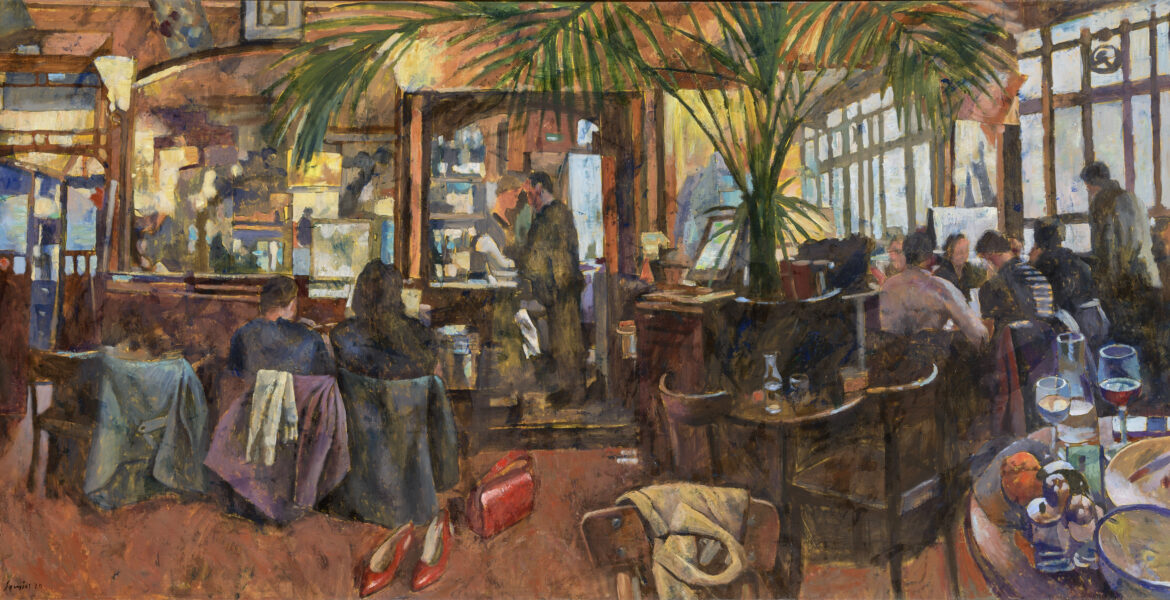On June 19, an exhibition entitled Donum Amicorom ("Gift of Friends") opened at the Byzantine and Christian Museum in Athens in honour of the incredible body of art and sculptural works donated by the Estate of the late Pavlos Samios to various museums and galleries throughout Greece.
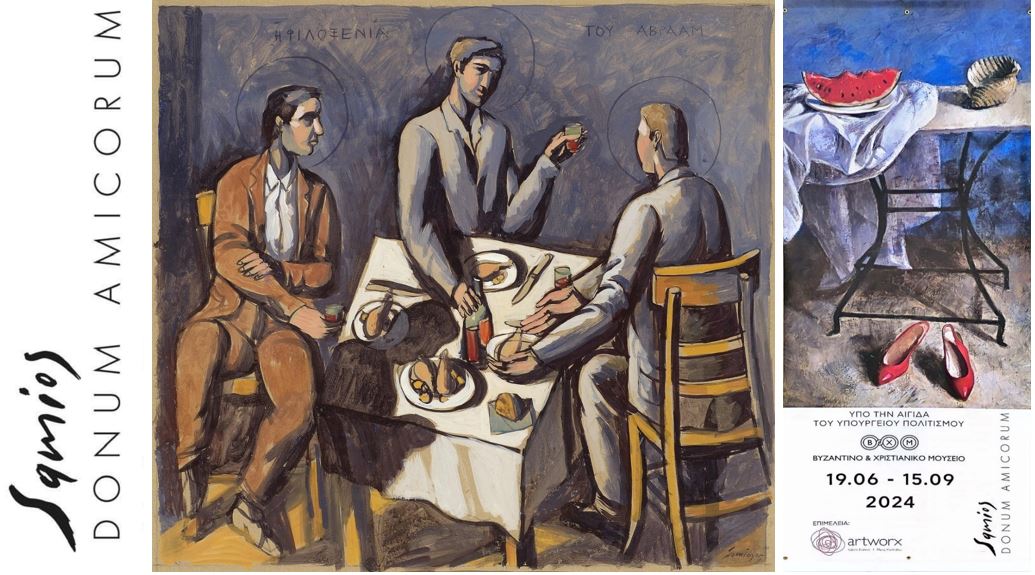
Just before his untimely death in 2021, Pavlos Samios wrote a testamentary bequest in his will:
"I would like to be remembered through my works. For those who will see them to feel something of what I felt when I was painting.”

True to that artistic legacy, the painter donated to a number of important museums and institutions within Greece great works of art that span the entire length and breadth of his artistic creation.
As one art critic once wrote, Pavlos Samios was “gifted with exceptional talent … well-known for his distinctive figures, staged in everyday situations – portraits, couples, still lifes – somewhere between realism and surrealism”.

This new exhibition, curated by the great painter’s life partner, Maria Xanthakou and her daughter Isabella Frances, in conjunction with the Byzantine and Christian Museum, features a large component of the 135 works donated to cultural institutions, including the National Gallery, Byzantine and Christian Museum, Basil and Eliza Goulandris Museum, Acropolis Museum, Archaeological Museum of Olympia, Archaeological Museum of Delphi, Municipal Art Gallery of Chania, Benaki Museum, Olympic Museum of Athens, Athens Concert Hall and the Numismatic Museum.
The exhibition is accompanied by a luxuriously illustrated catalogue published under the auspices of the Greek Ministry of Culture and Sports, which includes texts by prominent personalities in the arts.
As the Minister of Culture and Sports Dr Lina Mendoni notes in the catalogue, Liber Amicorum ("Book of Friends"):
“Pavlos Samios was a charismatic artist, with a direct and daring eye, expressing his strong personality with a rare sense of colour. His boundless imagination constantly created new expressions in his technique. Strict with himself, he worked tirelessly, bequeathing us a solid body of work."
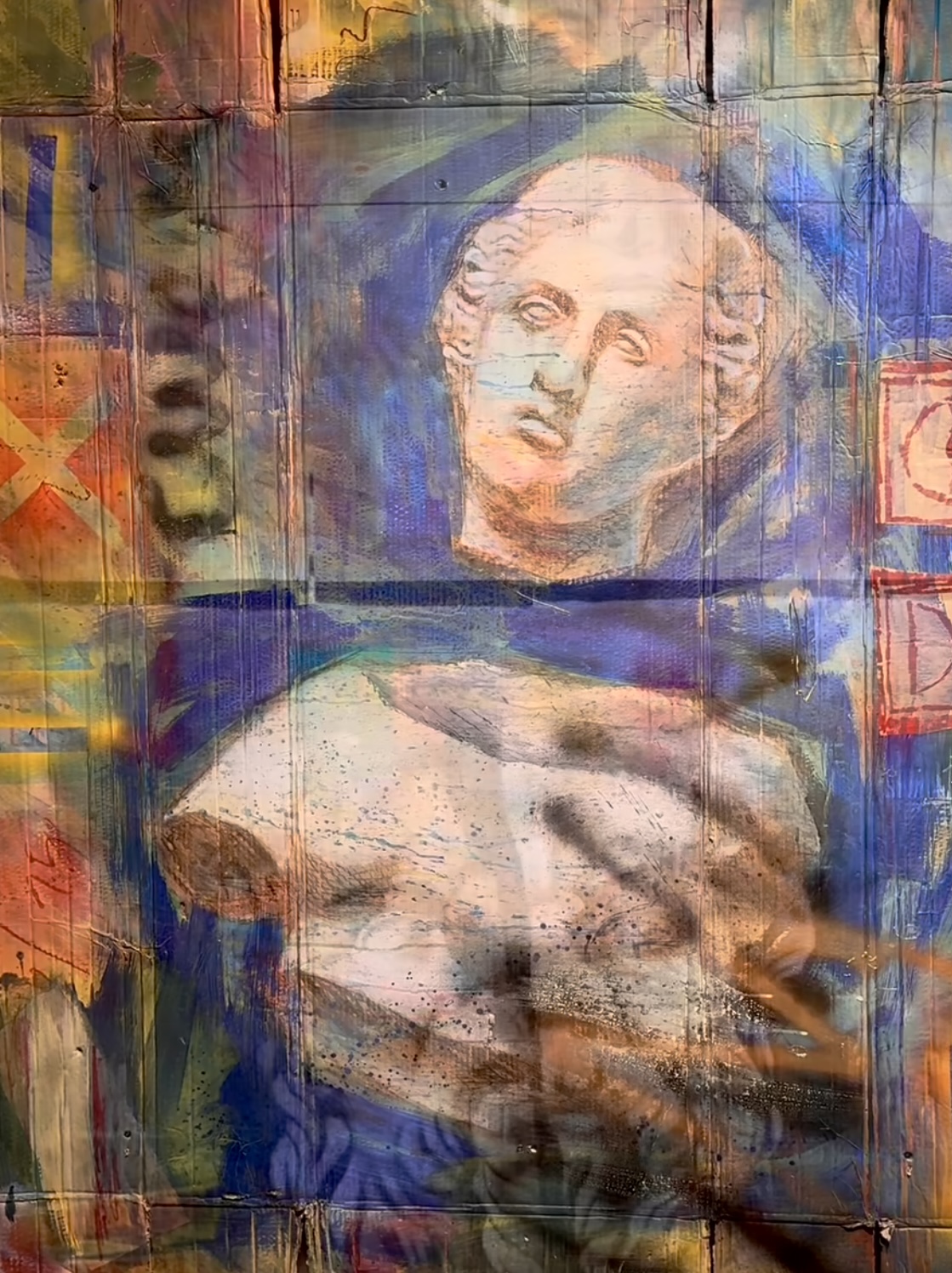
For her part, Dr Aikaterini Dellaporta, General Director of the Byzantine and Christian Museum, where Pavlos Samios had presented his last major emblematic exhibition in 2019 entitled "BROKEN HISTORY", writes:
"At a time when the endurance of historical memory and humanistic values are being severely tested, Pavlos Samios is not complacent even after his death ... Five years later, the Byzantine Museum comes to host Pavlos Samios again, this time through a visual requiem of the works the artist generously left to various museums in Athens. At the Byzantine and Christian Museum, his favourite haunt and the source of inspiration for many of his works, Pavlos Samios left thirty-four representative works, most of them with a religious content ... The donation that Pavlos Samios left to the museums of Athens is an answer to the question of what artists mean today, because art in Samios' eyes was not a solitary pleasure, but a means, a way of always living together with everyone else."

Olga Kefalogianni, the Greek Minister for Tourism and a close friend of the late artist, attended the opening of the exhibition and took in the huge anthology of artworks on display. Clearly moved, Ms Kefalogianni's remarks were poignant:
"With his great art, Pavlos Samios reminds us that life is a miracle. (He was) precious to Greece, precious to his friends and loved ones … The ancient world, the Byzantine world, the modern world have been shaping him from an early age, and he attributes them to his endless imagination.
His canvases are a conduit for emotions too high to be expressed in words alone. Pavlos Samios, the great artist with the recognisable style, is a chapter of our modern culture. Also, a person who was gentle, wonderful, highly sensitive to the moments that often go unnoticed, to the things that are randomly found on a table, to the colours, and especially to the human form.
Those of us who were lucky enough to meet him in our lives always talk about his modesty, penetrating eye and artistic vision.”
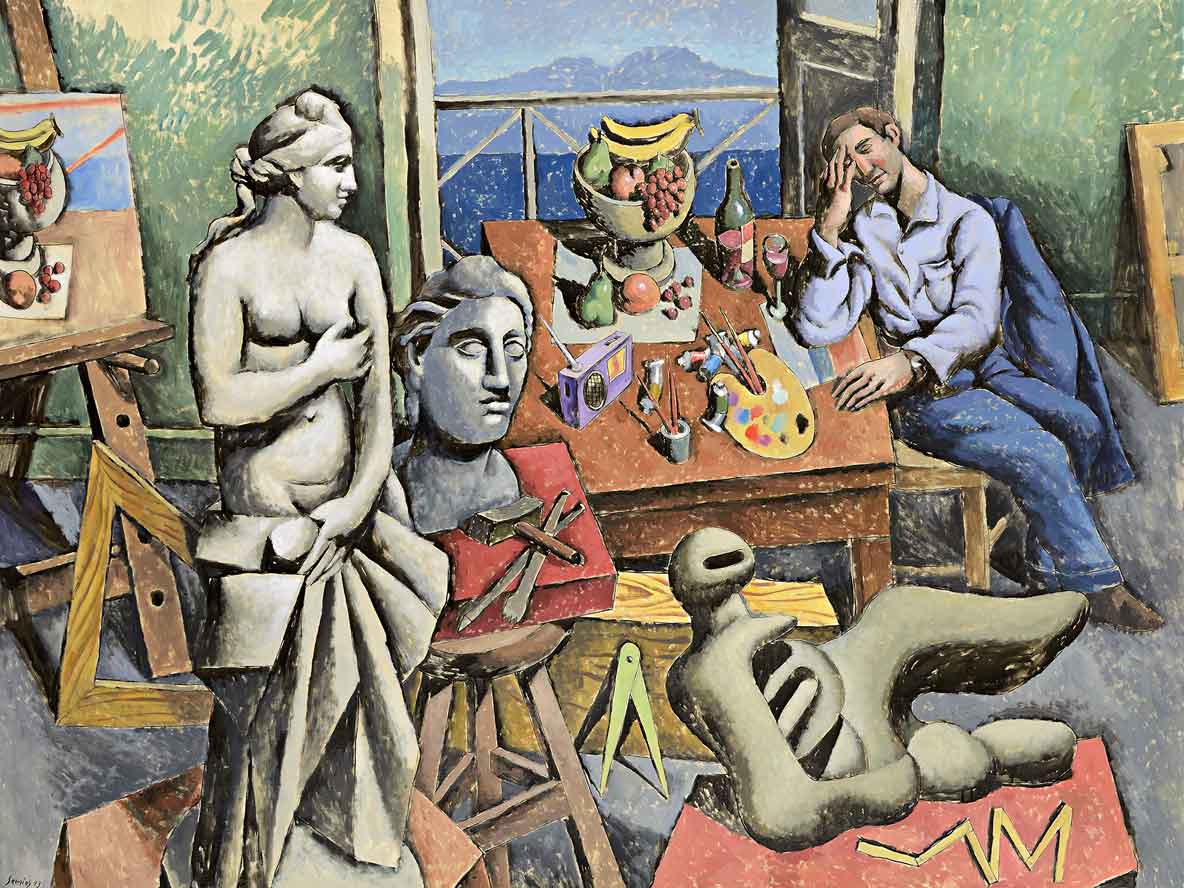
Pavlos Samios was a visionary whose dreams found expression in remarkable artworks that blended modernism, Byzantine aesthetics, and surrealism, infused with his deep affection for the Mediterranean environment, classical antiquity, and the Greek ideal. His artistic prowess was undeniable, marking him as an exceptional painter.
Born to an Athenian shoemaker who had returned from Smyrna, and a mother from Lefkada, Pavlos Samios spent his youth assisting his father in the business. His fascination with footwear became almost fetishistic, with many of his works adorned by high-heeled shoes, particularly red ones, symbolising rebellion.
As he would later explain:
“My father was a cobbler. The first job I learnt was how to make shoes. From age nine to fourteen I helped him at the bench. And when the customers asked for specific models from shops like Mouriadis or Sevastakis, I’d run down to Athens to look at them in the shop window and draw them in my notebook, in full detail. That was how I started drawing.”
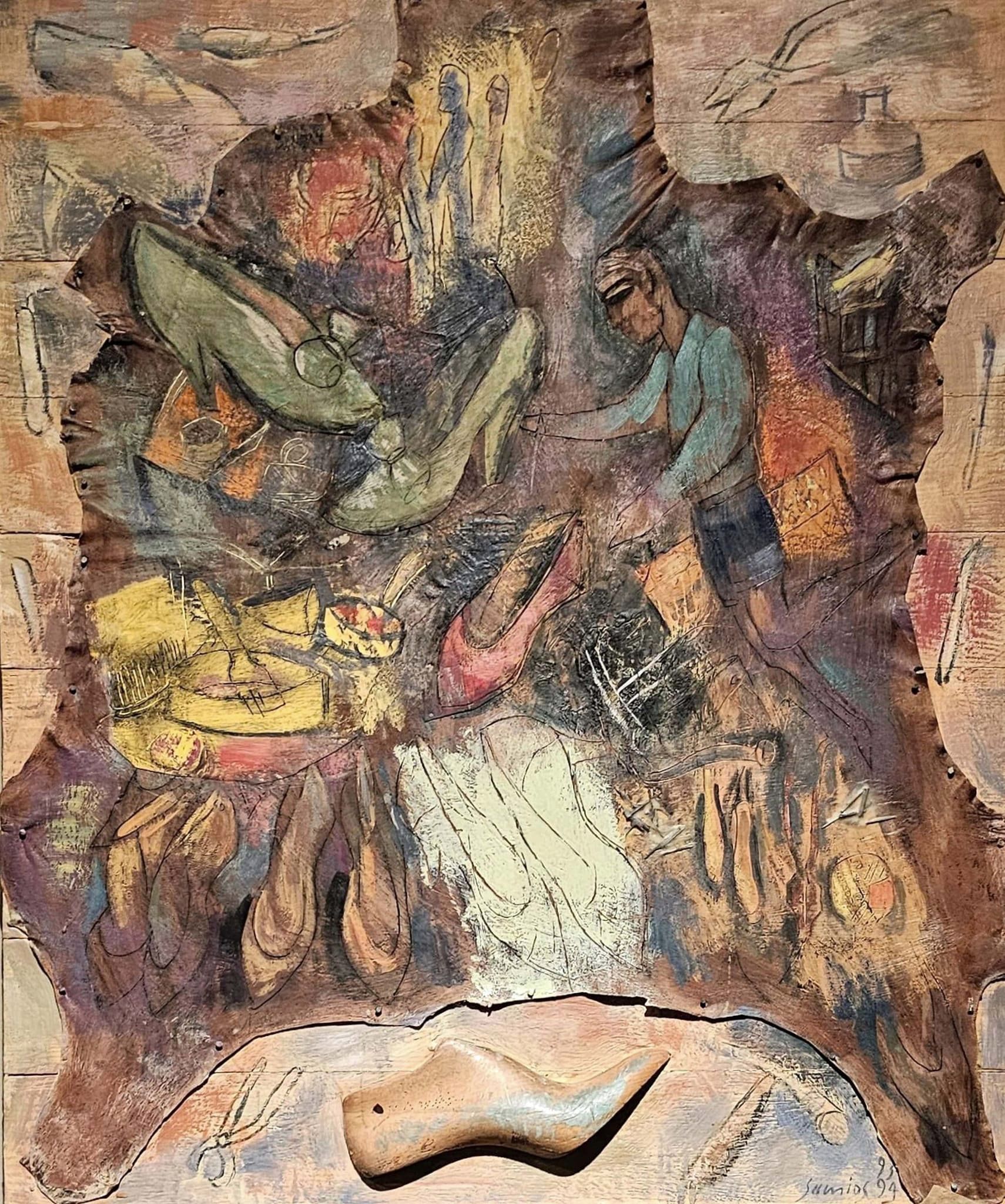
In this way the young Pavlos Samios was the "photographer" of his father's creations.
One of his notable paintings, created in 2009, actually depicts a pair of red shoes under moonlight by the Caryatids of the Erechtheion on the Acropolis, evoking a poignant image of searching for the missing Caryatid now in the British Museum.
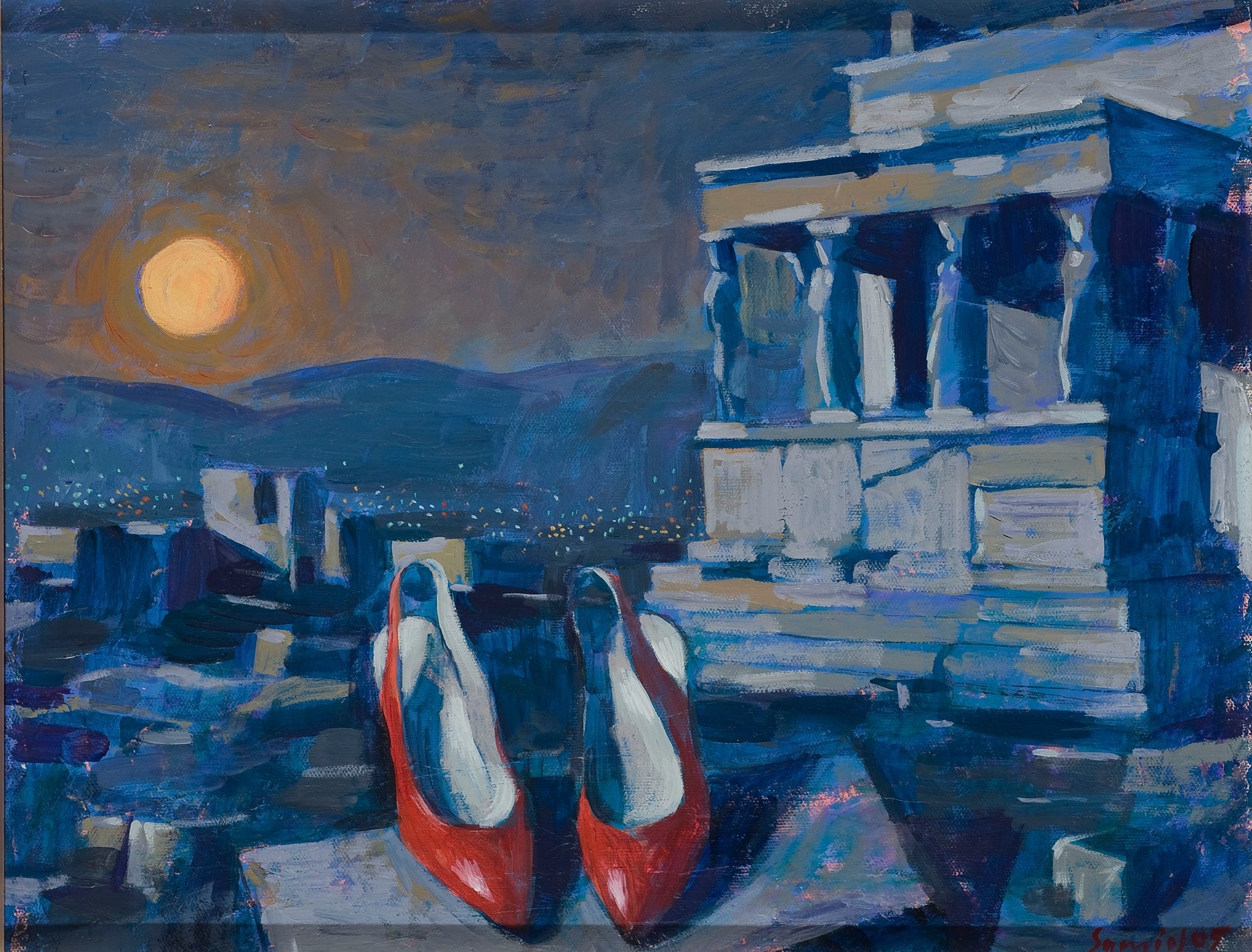
Samios' artistic journey began early, sketching El Greco paintings at nine and later immersing himself in Byzantine art during his time on Mount Athos after which the earthy colours of Byzantium became a central element of his creative identity.

He went on to study at the Athens School of Fine Arts, where he was mentored by luminaries such as Nikos Nicolaou and Yannis Moralis, and where he shaped his eclectic style, ranging from the Classical to the surreal. From 1978 to 1992, Samios resided in Paris where he was influenced by the Greek modernist painter Yannis Tsarouchis. Returning to Greece, he became a professor at the Athens School of Fine Arts, specialising in traditional techniques like fresco painting, which he applied extensively in decorating chapels. He was widely acclaimed as an inspiring art teacher.
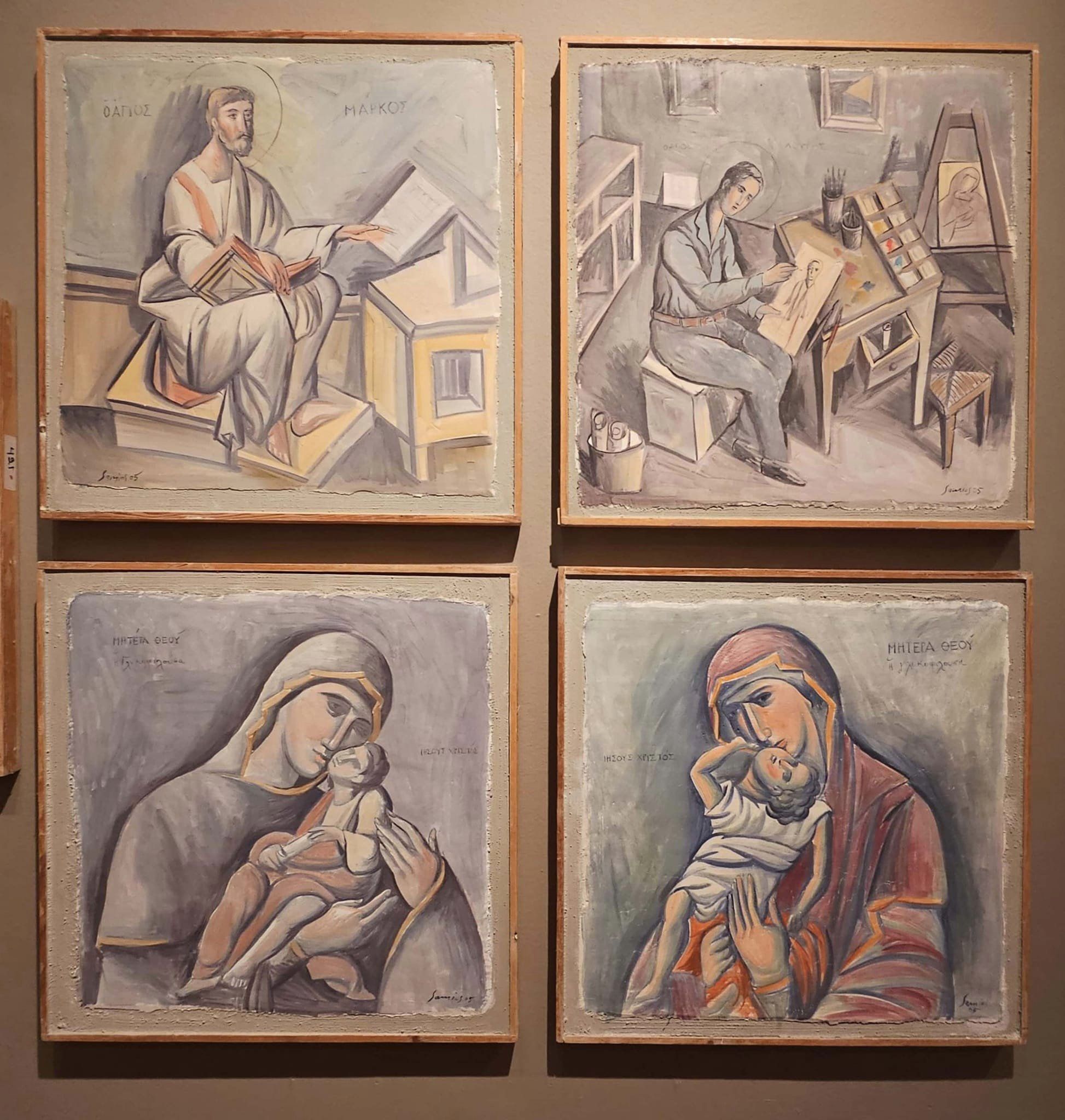

Pavlos Samios' 2019 exhibition "Broken History" at the Byzantine and Christian Museum in Athens showcased his innovative use of materials like cardboard and stone blocks, integrating ancient Greek art with Byzantine and post-Byzantine Christian depictions, to illustrate his concept of reconnecting fragmented histories.
Classical idols, ancient kouroi, kore and sphinxes, together with sculptures from the Parthenon and statues such as the Winged Victory of Samothrace and the Aphrodite of Milos, came together in bold new installations that fused painting, sculpture and graffiti.
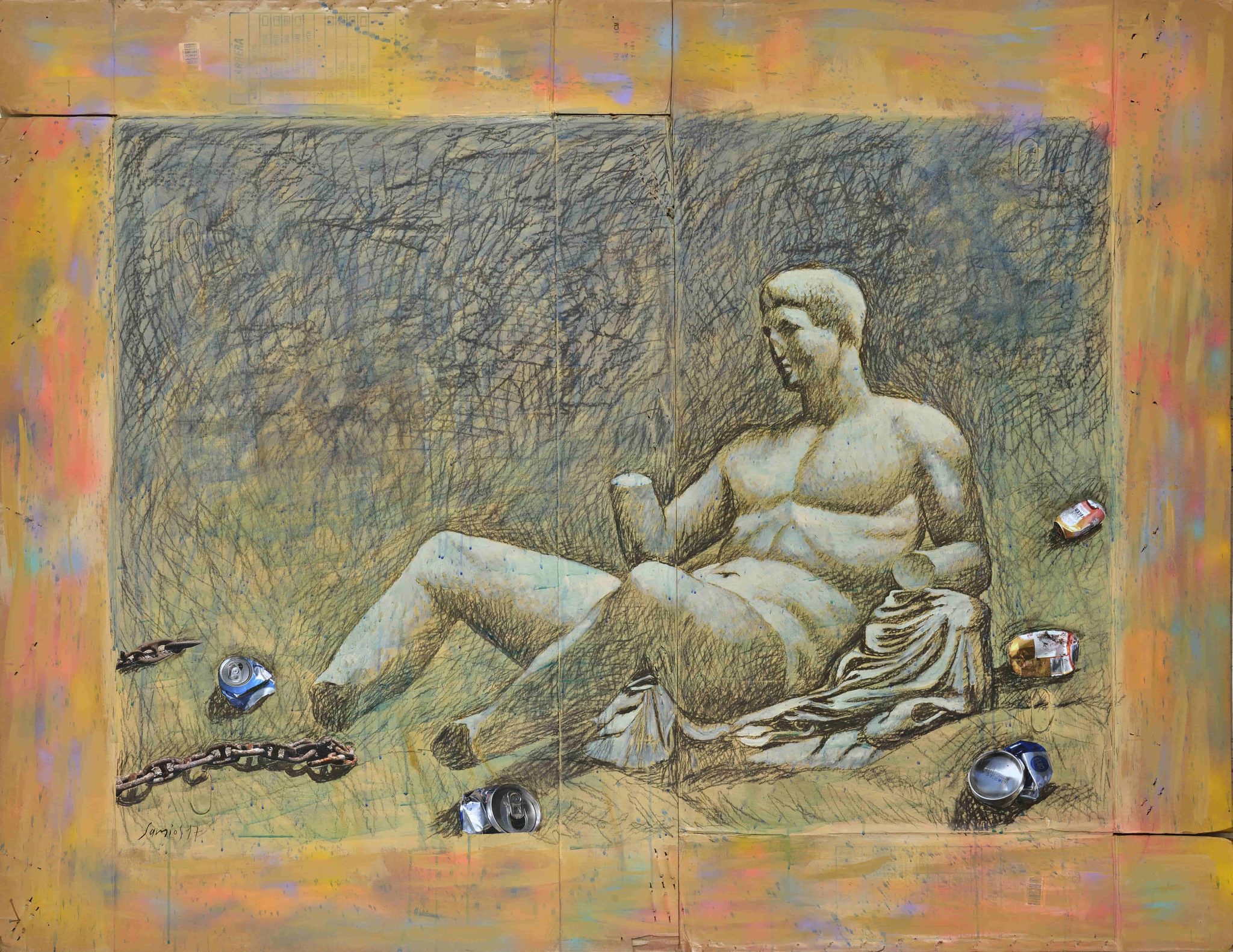
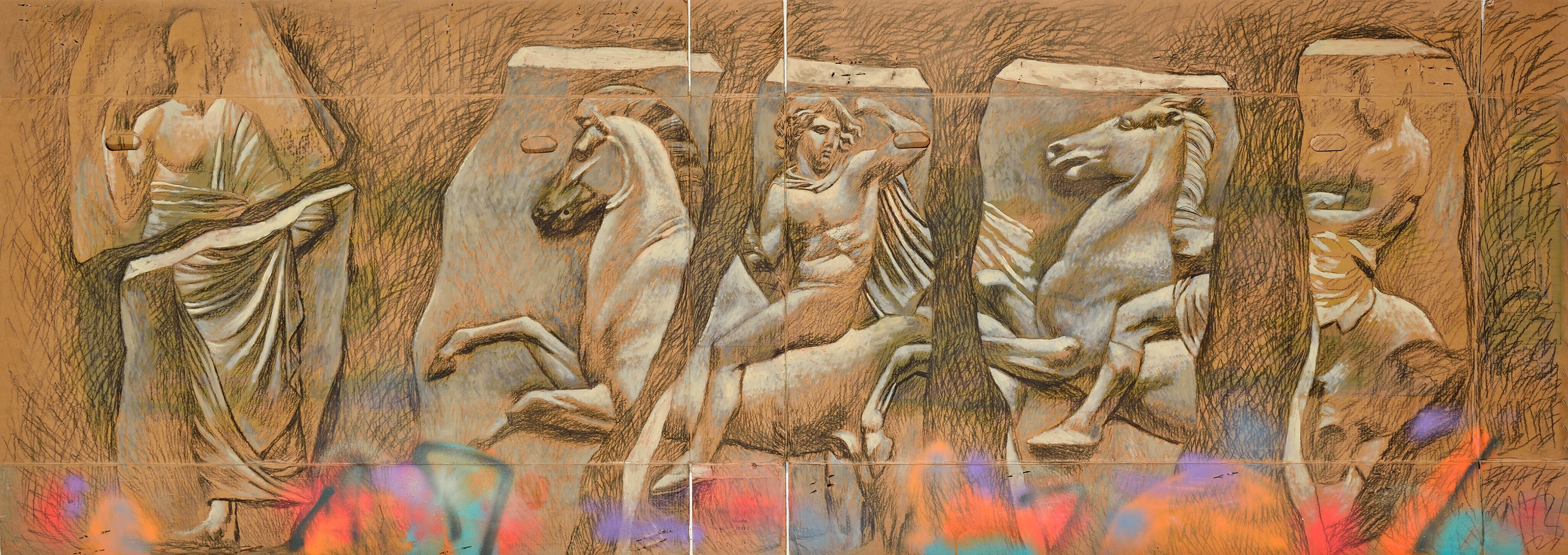
Because, as the great poet Giorgos Seferis once wrote, “the statues are no longer fragments … we are”, which inspired the artist to reflect on how we are the broken statues today and "everything else is broken too: history, the past, the present and the future".
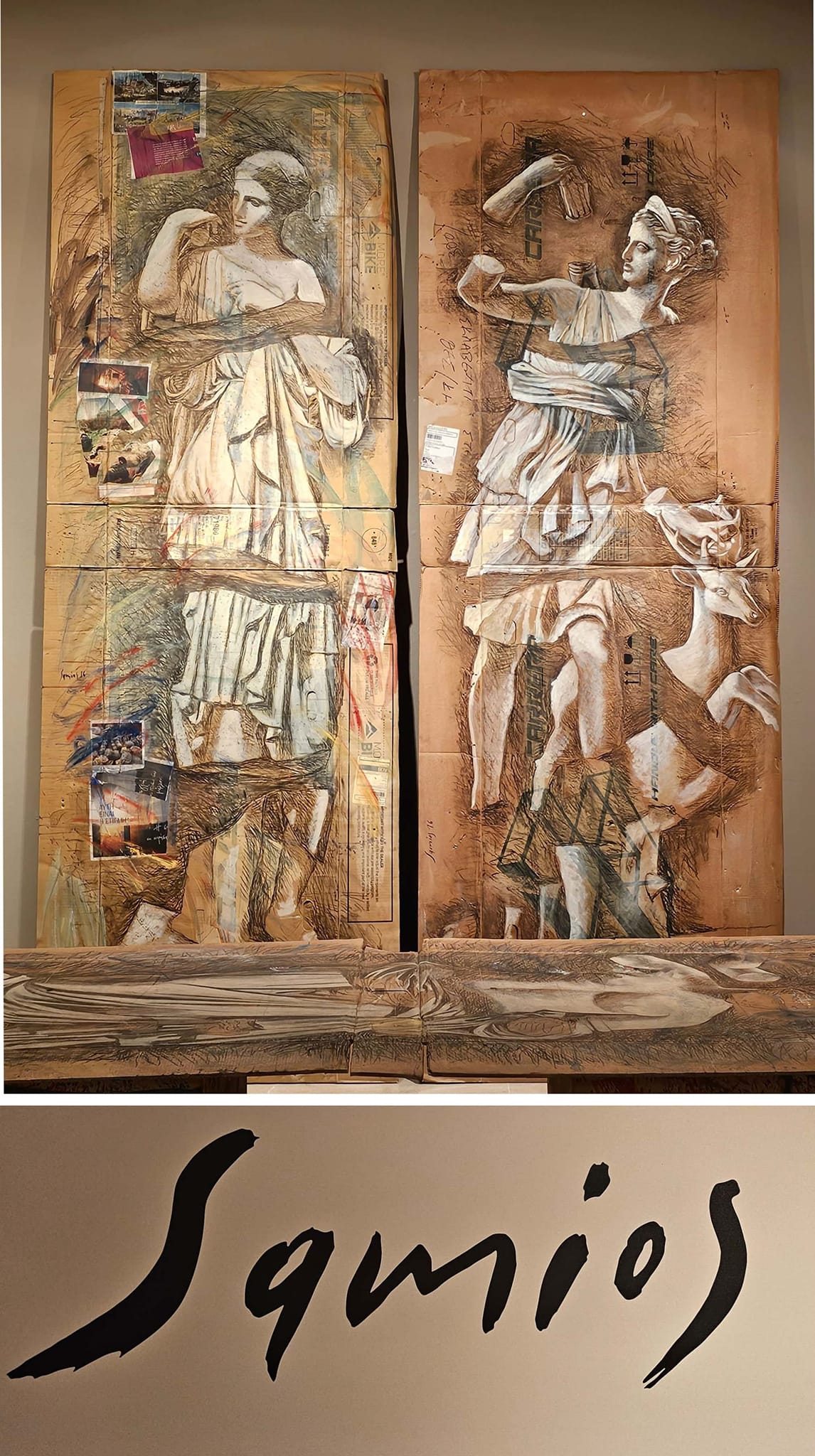
By mixing genres, Samios offered a new approach to Greek history and ancient myths combined with visual insights from contemporary Greek reality, elements that played an integral role in the artist’s oeuvre.
As one art critic observed, the art of Pavlos Samios “absorbs the patterns of modernity and the shapes of antiquity”.
In his last solo exhibition "At the Paradise Cafe" held in Athens in 2020, Pavlos Samios took us into his world of Parisian and Athenian cafes. The traditional café or kafenion no longer exists except in our imagination.
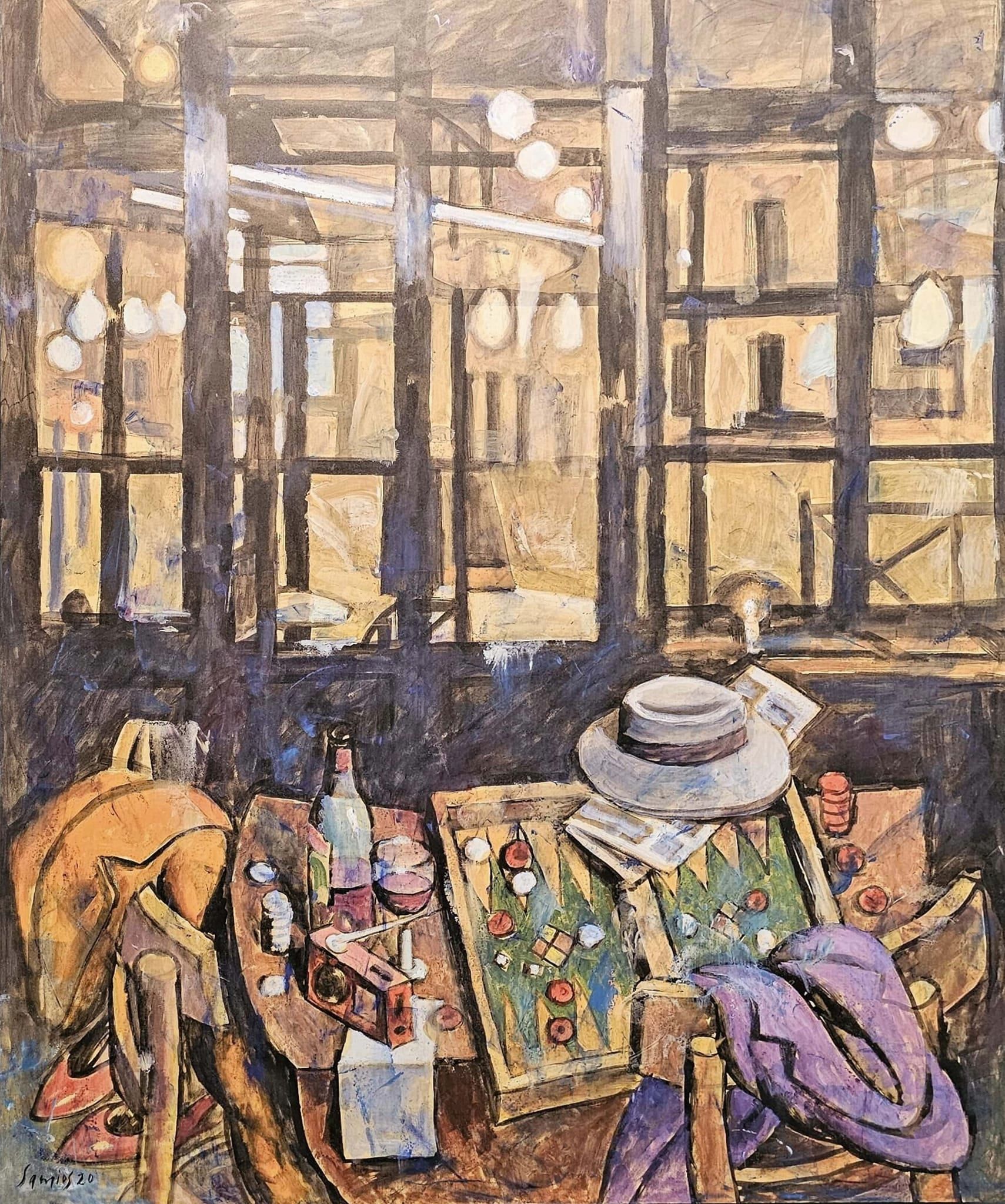
Indeed, the table dominates many of his works. According to Samios, it incorporated the concept of the base: "you place things on a table – your ideas, desires ... you place your imagination.”
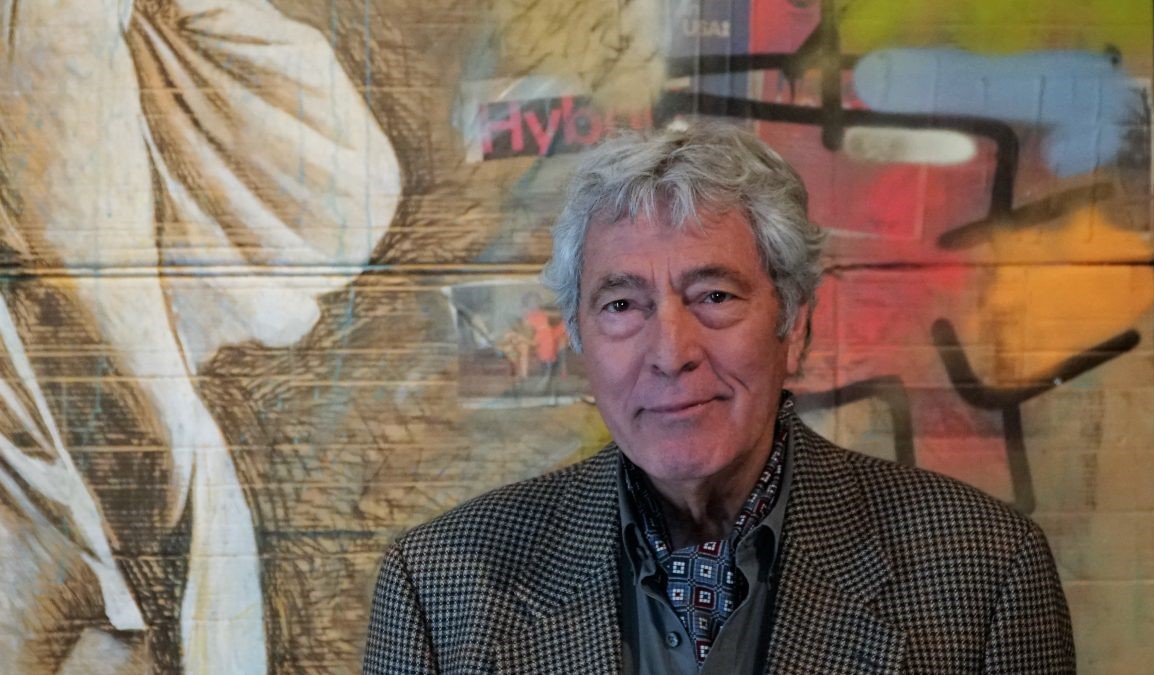
Pavlos Samios was a hugely significant painter. He illuminated the Greek cultural landscape with beautiful works and produced a magnificent body of work that remains a tribute to his artistic imagination and is now being shared in many of Greece's leading museums and galleries.
Pavlos Samios has indeed left an indelible mark on Greece’s rich cultural and artistic heritage.
George Vardas is the Arts and Culture Editor. In 2019 he was fortunate to view Pavlos Samios' "Broken History" exhibition in Athens. The current exhibition at the Byzantine and Christian Museum in Athens is until 15 September 2024 and should not be missed.

